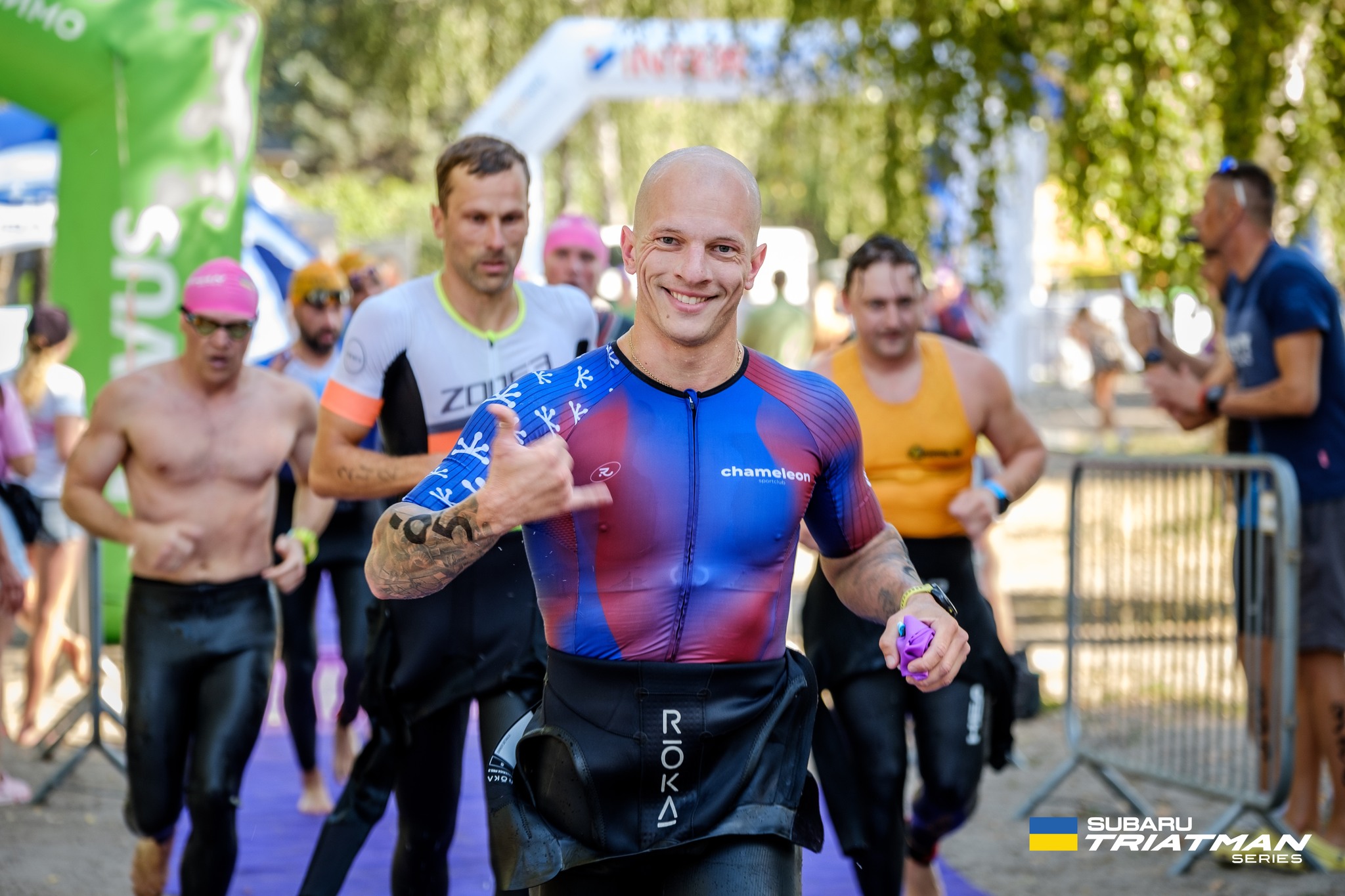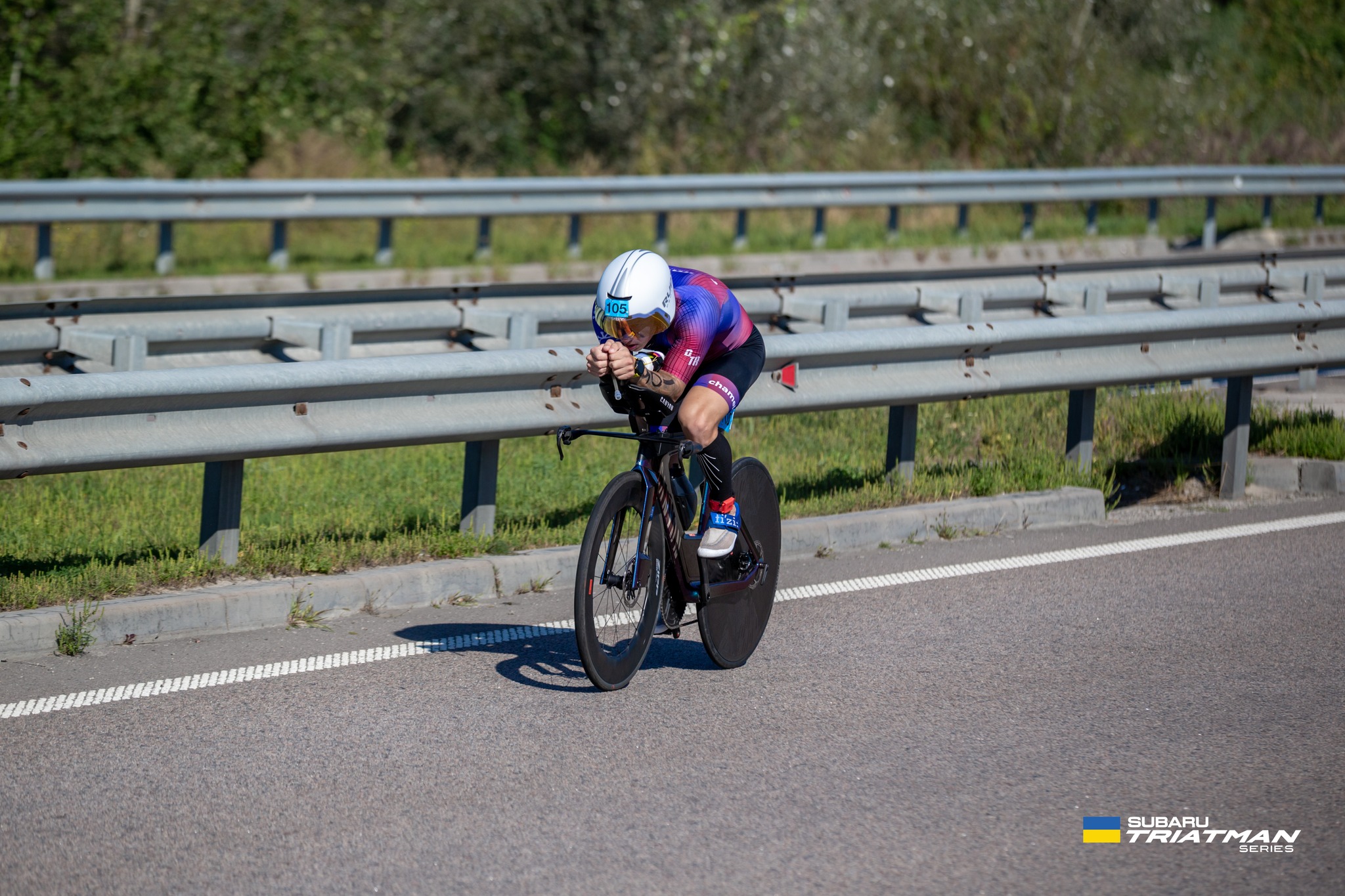A triathlon is more than just an endurance test.
It is a multifaceted event that demands skills and technique in swimming, cycling, and running.
Each of four disciplines carries its unique challenges that require specific training and specific training modes.
This is where discipline-specific drills come in.
These exercises focus on key aspects of each discipline.
They help you hone your skills, increase your efficiency, and ultimately improve your productivity.
The Power of Discipline-Specific Drills in Triathlon Training
Athletic coaching legend Vince Lombardi once said, “Practice does not make perfect. Only perfect practice makes perfect.”
In the context of triathlon training, discipline-specific drills are your route to perfect practice.
They are designed to highlight specific skills and movements in each discipline.
This will allow you to focus on improving in those areas.
Studies have shown that athletes who incorporate skill-specific drills into their training demonstrate significant improvements in their technique and overall performance.
A study published in the Journal of Sports Sciences found that runners who implemented technique drills into their training improved their running economy by up to 6%.
Similarly, triathletes who perform swimming drills have been observed to increase stroke efficiency and reduce swim times.
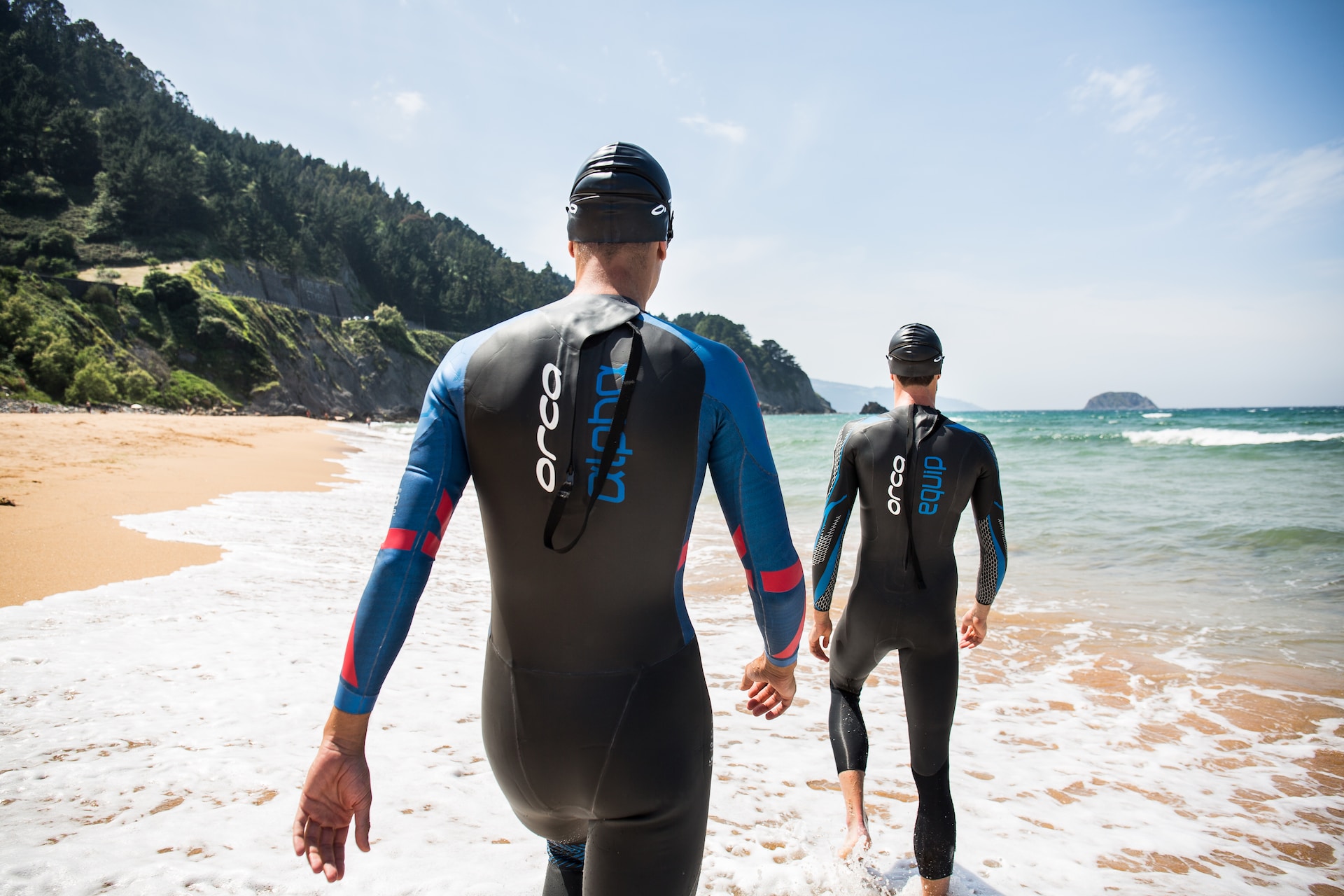
Dive In: Enhancing Your Swim with Discipline-Specific Drills
Swimming in a triathlon is unique.
Unlike pool swimming, you’ll be dealing with open water, waves, and a mass of swimmers around you.
Specific drills can help you prepare for these challenges.
One such drill is the “Sighting Drill.”
This drill helps improve your ability to sight buoys or landmarks while swimming.
To perform this drill, start swimming freestyle, and every 6 to 8 strokes, lift your eyes out of the water to sight ahead before turning to breathe.
This drill is crucial for open water navigation, helping you swim in a straight line and saving valuable energy and time.
Another valuable drill is the “Catch-up Drill,” which improves stroke efficiency and timing.
Begin with one arm extended in front of you and the other at your side.
Perform a full stroke with the arm at your side, and do not start the next stroke until the moving arm “catches up” with the forward arm.
Swimming drills are designed to focus on specific elements of your stroke, breaking down the swim into manageable parts.
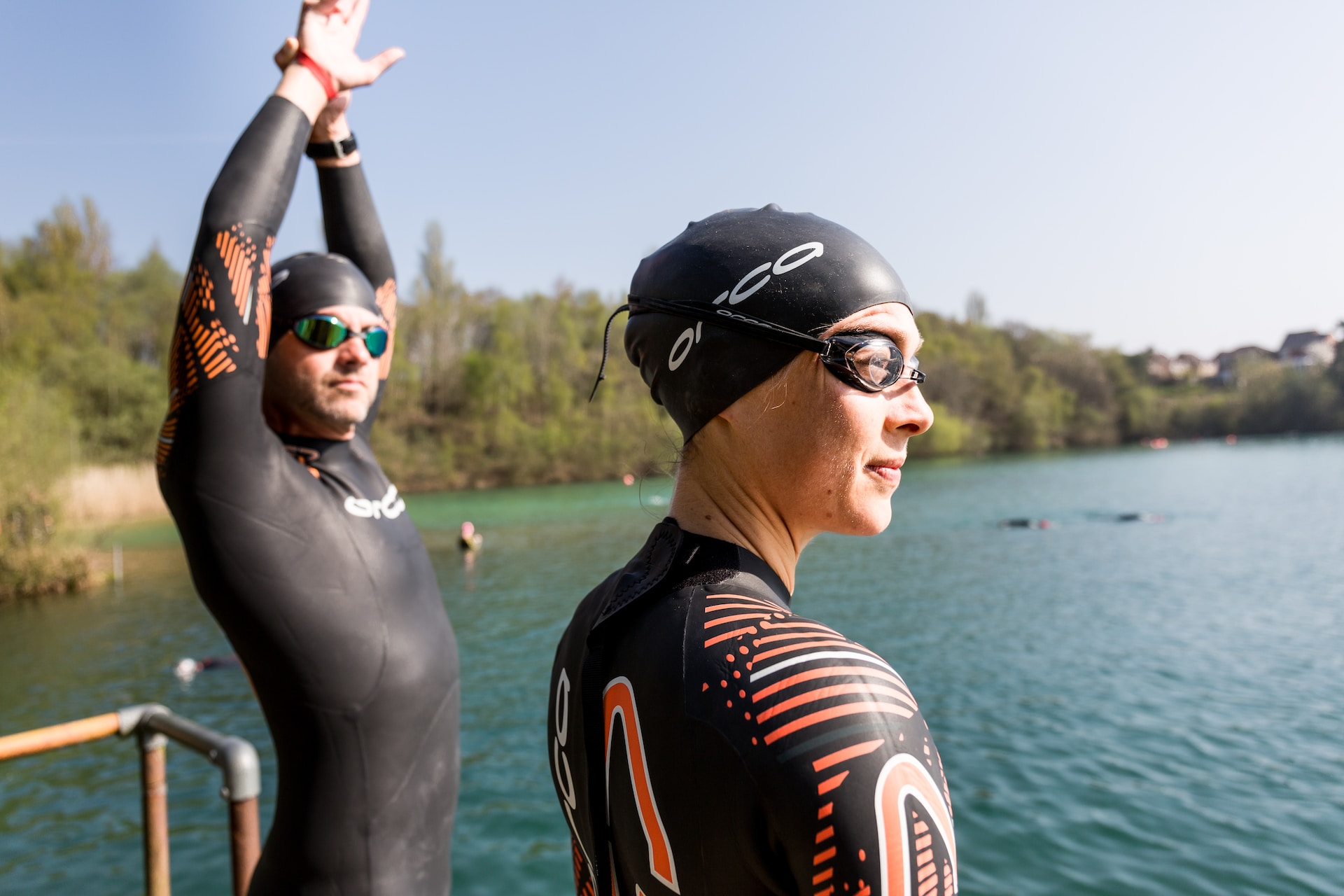
Here are some key drills:
1. Catch-Up Drill
This drill is designed to improve stroke length and timing.
Swim freestyle, but before your lead arm pulls, wait for your other arm to finish its stroke and “catch up.”
This drill helps you maintain a long body line in the water and develop a smooth, efficient stroke.
2. Fingertip Drag Drill
This drill emphasizes high elbow recovery.
As you swim, drag your fingertips along the surface of the water during the recovery phase of your stroke.
This encourages you to keep your elbows high, which promotes efficient arm recovery.
3. One-Arm Drill
Swim with one arm, keeping the other straight out in front.
This drill helps you focus on arm entry, pull-through, and recovery. Alternate arms every 25 yards/meters.
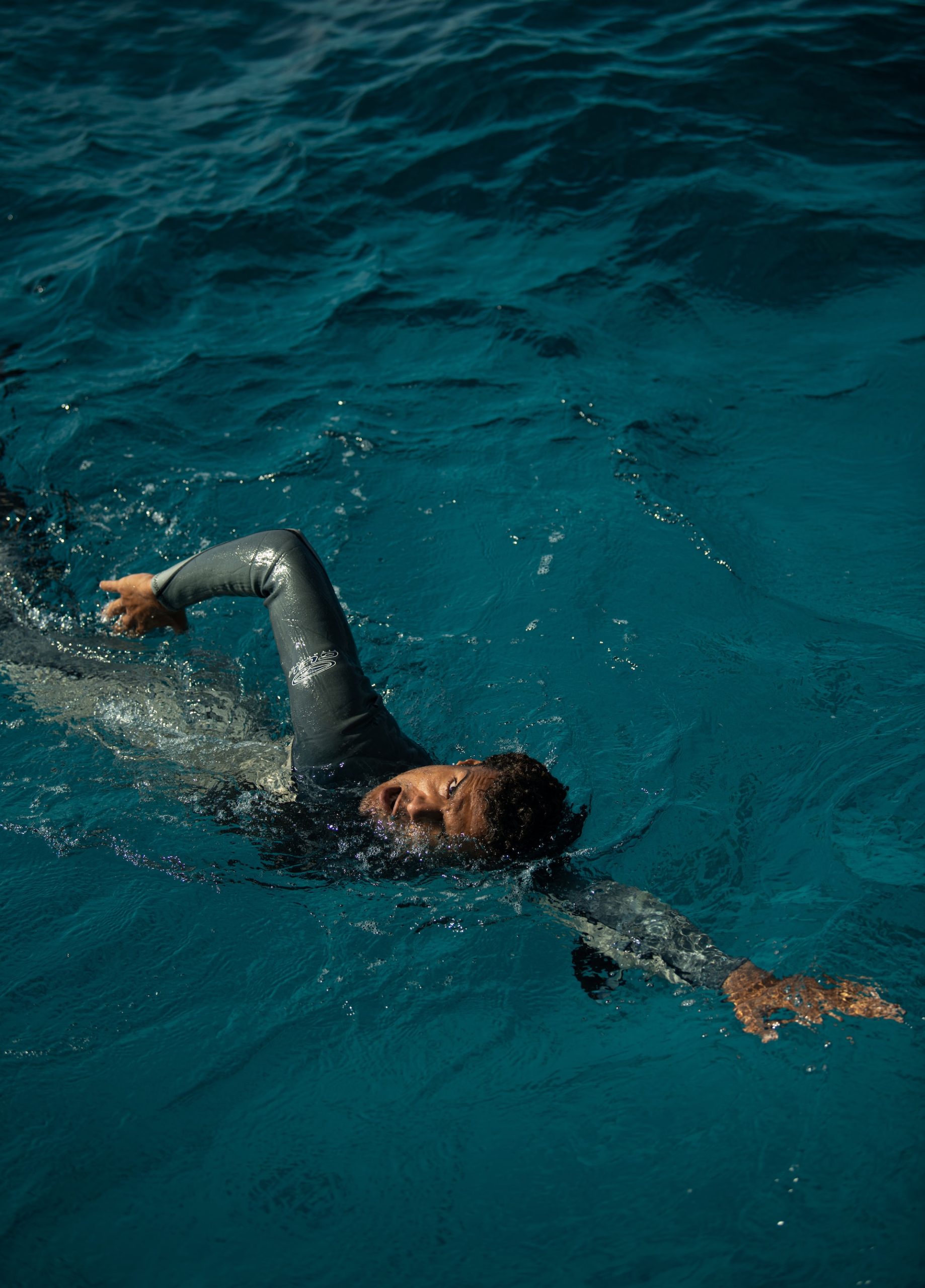
On Two Wheels: Cycling Drills for Triathlon Efficiency
Cycling is more than just turning the pedals.
It’s about efficiency, power output, driving skills, and training modes.
One key drill to enhance your cycling is the “Cadence Drill.”
Research has shown that a higher cadence can lead to better cycling efficiency.
In this drill, choose a flat or slightly inclined route.
Start cycling at your normal cadence, then gradually increase it without increasing your speed.
Try to maintain this high cadence for a couple of minutes before returning to your normal cadence.
Repeat this process several times during your ride.
“Cone Drills” can also improve your bike handling skills.
Set up several cones in a straight line, about two bike lengths apart.
Ride your bike through the cones, weaving in and out as quickly as you can without touching the cones.
This drill helps improve balance, steering, and confidence on the bike, all crucial for safe and efficient cycling.
Cycling drills can enhance your pedaling efficiency and bike handling skills.
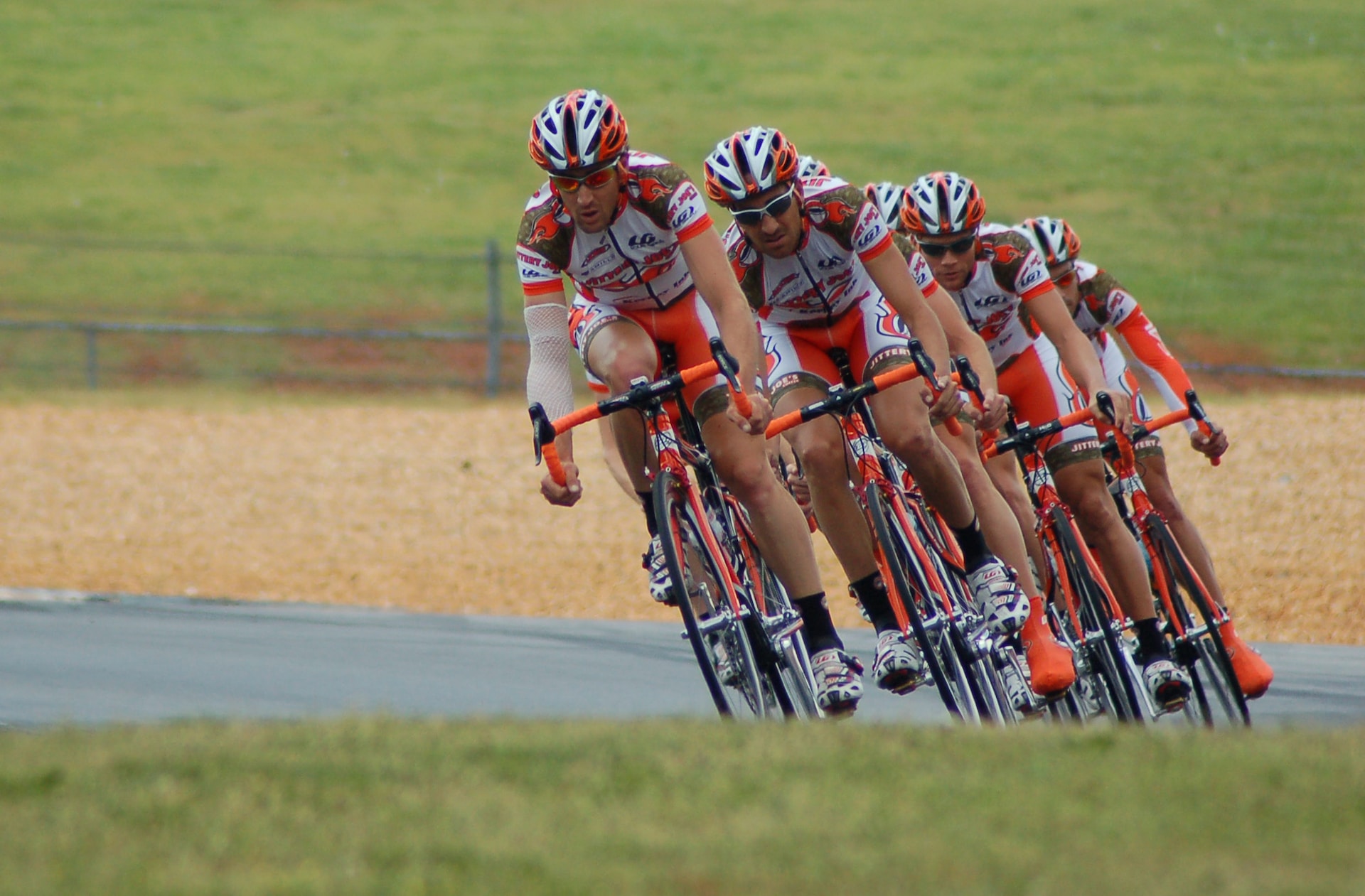
Here are a few key drills:
1. Cadence Drills
Cadence drills focus on pedaling speed. Intervals of high-cadence pedaling can improve your pedaling efficiency.
Try to keep your pedaling speed over 100 RPM for these intervals.
2. One-Legged Drills
These drills aim to improve pedaling smoothness by eliminating any ‘dead spots’ in your pedal stroke.
Unclip one foot and cycle with the other for a set interval before switching legs.
3. Standing Drills
Standing while cycling works your core and upper body, and it’s essential for climbing.
Practice short intervals of standing pedaling during your training rides.
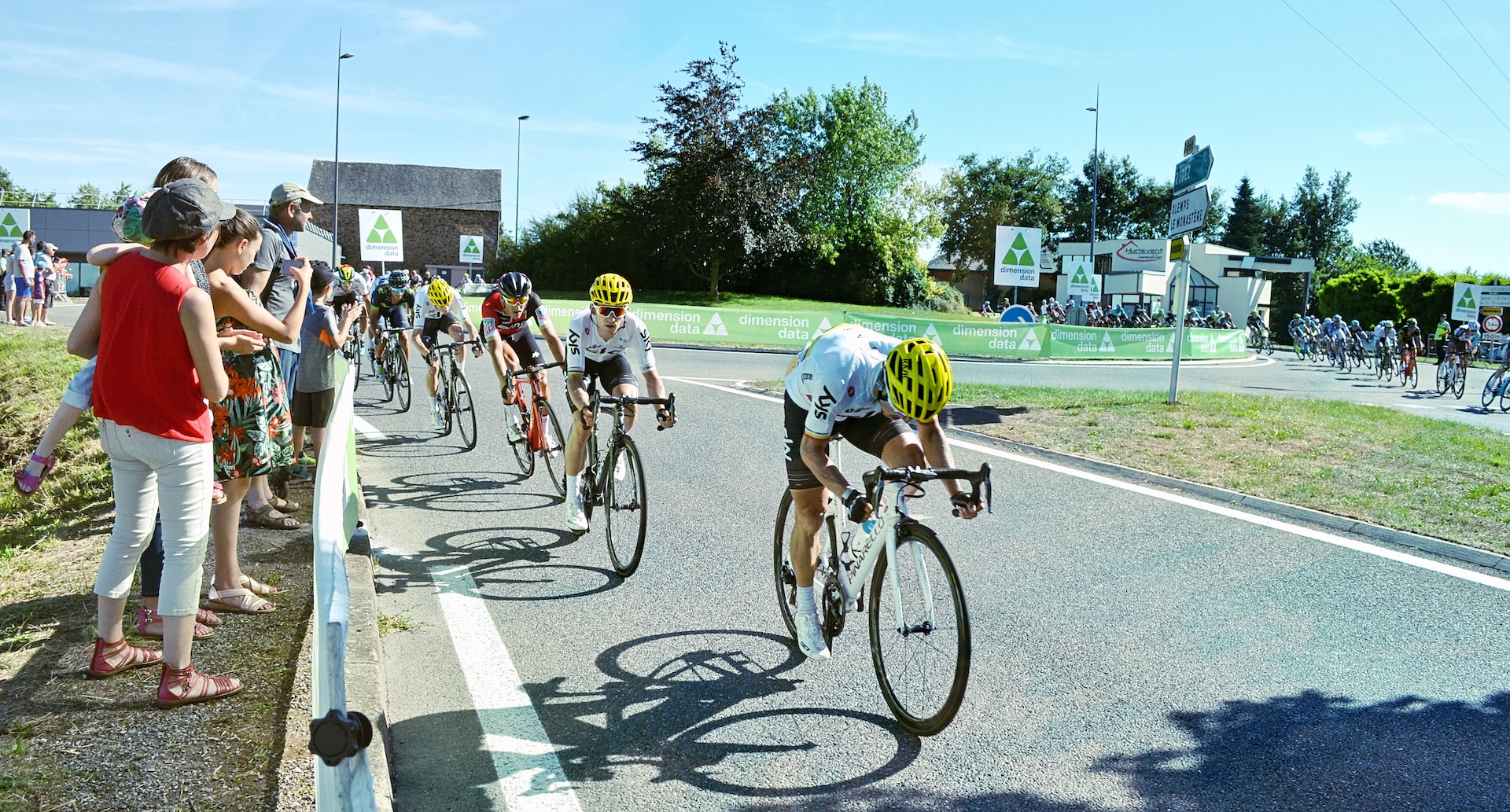
Hit the Ground Running: Drills to Boost Your Triathlon Run
The run leg of a triathlon is where the race can be won or lost.
As fatigue sets in, maintaining good form becomes a challenge.
Running drills can help build muscle memory and improve form even when you’re tired.
The “High Knee Drill” enhances knee lift and stride frequency, key elements of running form.
While running, focus on lifting your knees high with each stride.
Try to get the knee up to waist height.
Perform this drill for 30 seconds, then return to your normal running gait.
Repeat this several times during your run.
Another critical drill is the “Butt Kick Drill.”
This exercise targets your hamstrings and improves your leg’s recovery phase while running.
As the name suggests, while running, you try to kick your butt with your heels on each stride.
Perform this drill in 30-second sets interspersed with your regular running rhythm.
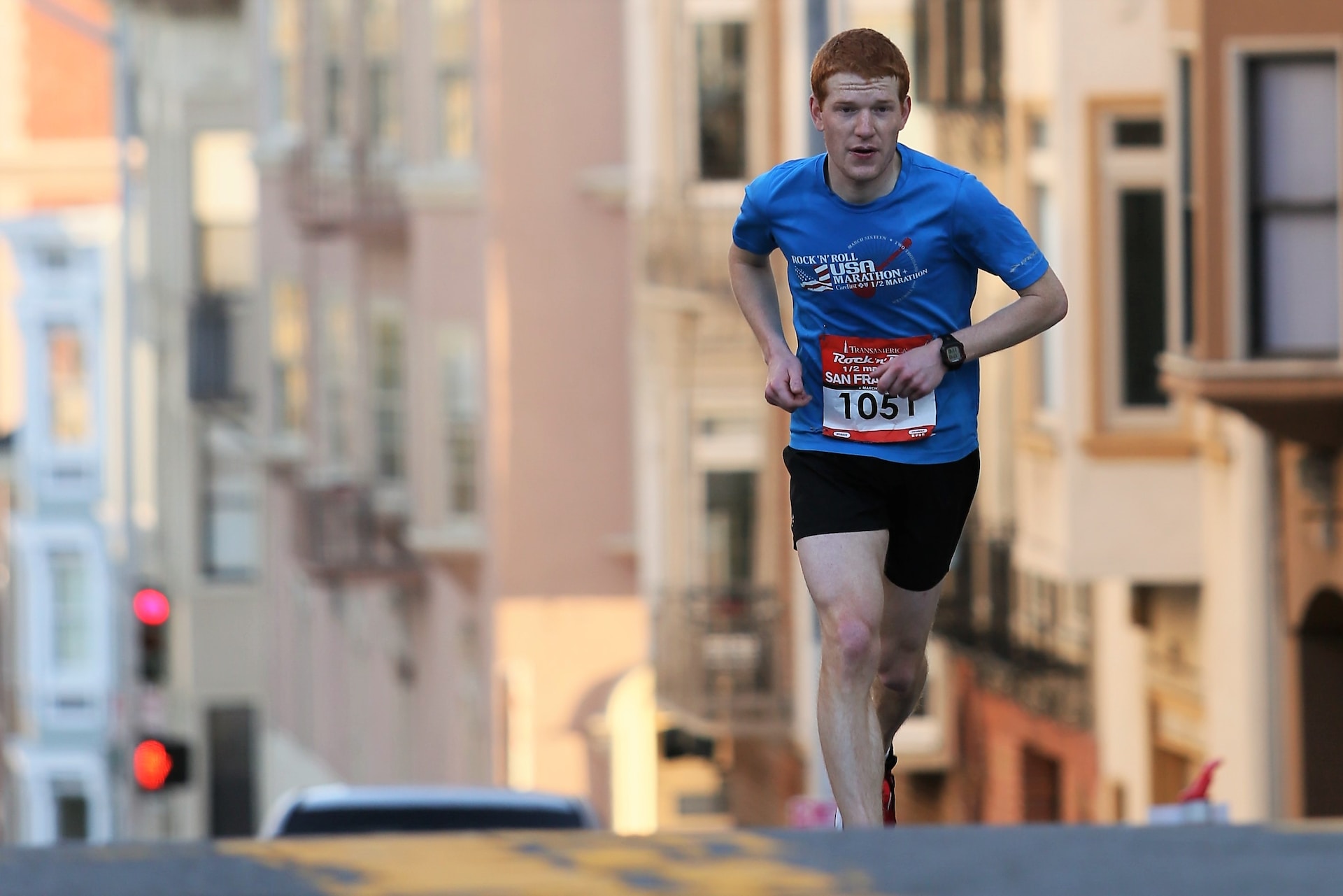
Fitting Discipline-Specific Drills into Your Training Schedule
Discipline-specific exercises can be very useful.
But it’s important to integrate them into your training schedule.
Consider dedicating a specific portion of your workout to these drills.
In a swimming workout, for instance, perform your drill sets after the warm-up but before the main set.
This approach allows you to focus on technique when you are still fresh.
For cycling and running, drills can be included as part of your warm-up or as separate sets within the main workout.
Keep in mind that the goal of these drills is not to get a hard workout but to enhance your technique, so don’t rush through them.
For instance, if you have a 60-minute cycle training, a possible breakdown could be 10 minutes warm-up, 10 minutes cadence drill, 35 minutes main workout, and 5 minutes cool down.
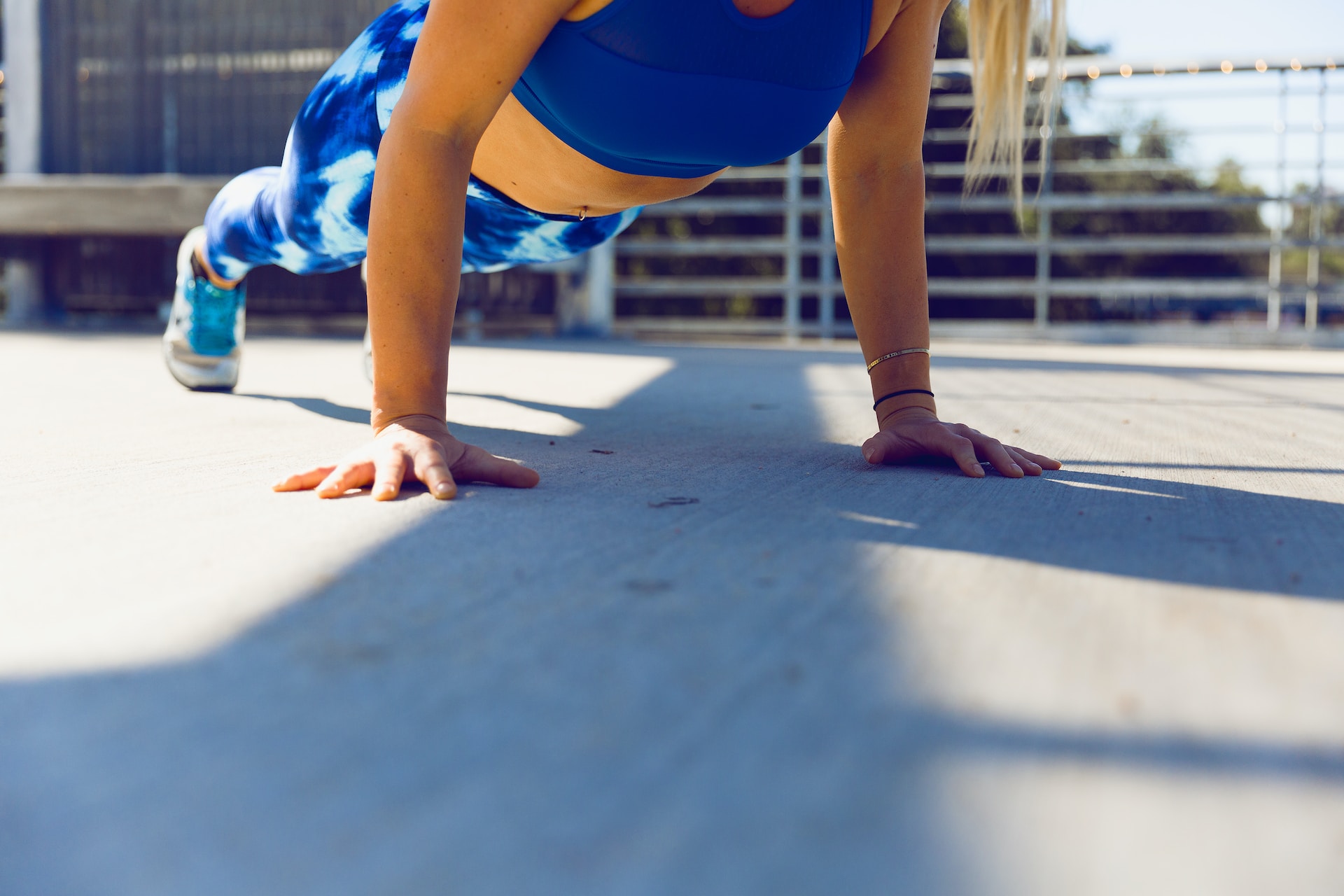
Consistency is Key
“The key to success is consistency. And right now, the only way for you to actually take the first step, is to believe that you have what it takes to be successful.” – John Assaraf
Indeed, the same applies to discipline-specific drills in triathlon training.
Incorporating these exercises into your regular training mode requires patience and persistence.
The results may not be immediately apparent.
But over time, the improvements in technique, efficiency, and performance will become evident.
In conclusion, discipline-specific drills are more than just extra workouts.
They are the keys to mastering the technique of individual triathlon disciplines.
This will make you a more skilled, efficient, and confident triathlete.
Happy training!

